6 Effective Full-Body Exercises for Stroke Patients
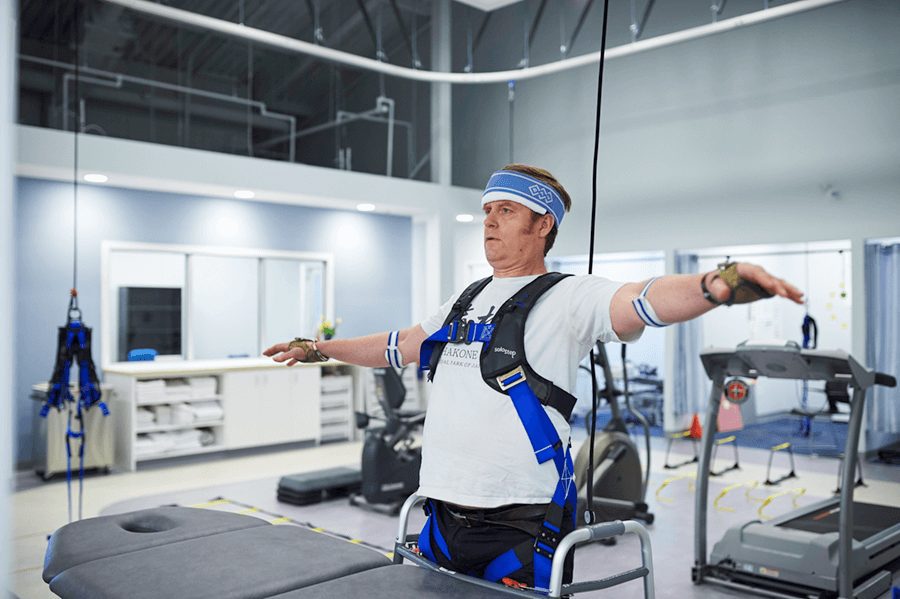
A stroke, also called a cerebrovascular accident (CVA) or “brain attack,” is a type of brain damage caused by an interruption in blood flow or, in rare cases, from a bleed inside the brain. The road to recovery can be extremely difficult for stroke survivors. Physical therapy is crucial in regaining strength, mobility, and independence.
Almost all stroke survivors experience at least some physical effects. These effects – including motor and sensory impairments – can significantly impair a person’s ability to walk, work, or even perform basic self-care activities like washing up, dressing, and getting out of bed.
Common physical effects of a stroke include:
- Muscle weakness and paralysis
- Altered sensation- a person may lose the ability to feel the movement and position of their body (proprioception) or the ability to feel light touch or temperature; again, this usually occurs on one side of the body
- Incoordination
- Fatigue and decreased stamina and endurance
- Pain
- Changes in muscle tone
- Changes in muscle length and joint range of motion
Additionally, many stroke survivors experience problems with their vision, spatial awareness, insight, memory, mood, language, decision-making, and impulse control, all of which can make movement much more difficult or even unsafe. Stroke survivors can feel frustration, sadness, worry, fear, lack of motivation, and more, adding stress to their lives.
Exercise may help almost all of these issues! Exercise can:
- Boost mood and alleviate stress
- Improve brain health
- Relieve stress
- Enhance stroke recovery- and even prevent more strokes from happening in the future
According to the University of Harvard, exercise can help lower blood pressure, lower resting heart rate, raise HDL (good) cholesterol levels, increase the body’s ability to break down clots, improve insulin sensitivity, increase muscle mass, increase metabolism, improve mood, lower anxiety, and more. Many of these benefits can help prevent another stroke from occurring. In this blog, we will discuss 6 effective full-body exercises that can help patients who suffer from a stroke.
Some of these exercises can be very difficult for stroke survivors. Ensure each exercise is performed in a safe environment with proper support around you/your patients.
1. Single-Leg Stance
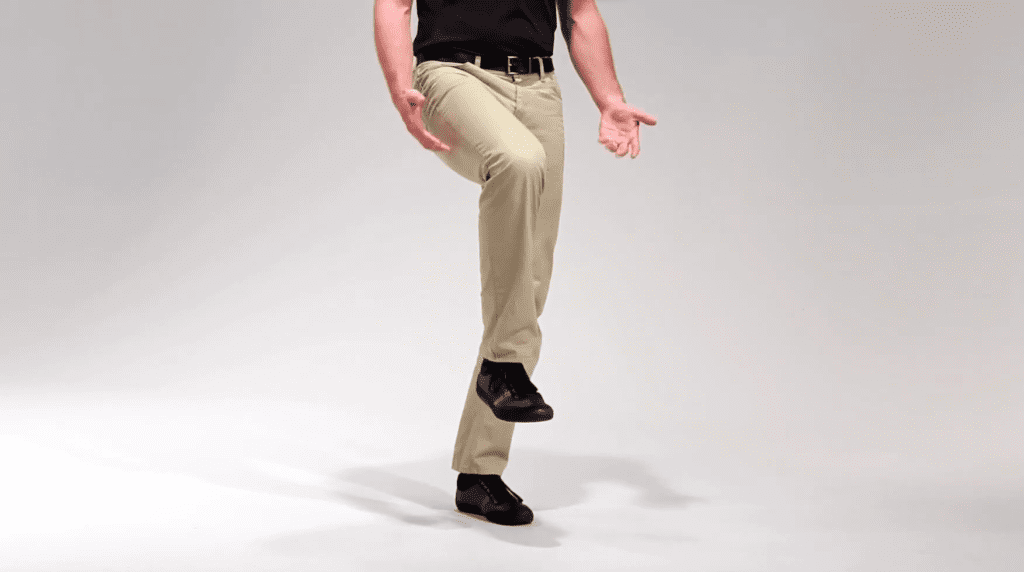
Single-leg stance exercises are great for increasing balance to help prevent falling. To perform this exercise, follow the instructions below:
- Start in a standing position.
- Lift one leg, and balance on the other.
- Try to maintain proper balance and upright posture for 30-60 seconds.
- If the exercise is too easy, closing your eyes will make the exercise more difficult. Ensure that you/your patient has proper support if needed.
- Repeat the exercise on the other leg.
2. Calf Stretches
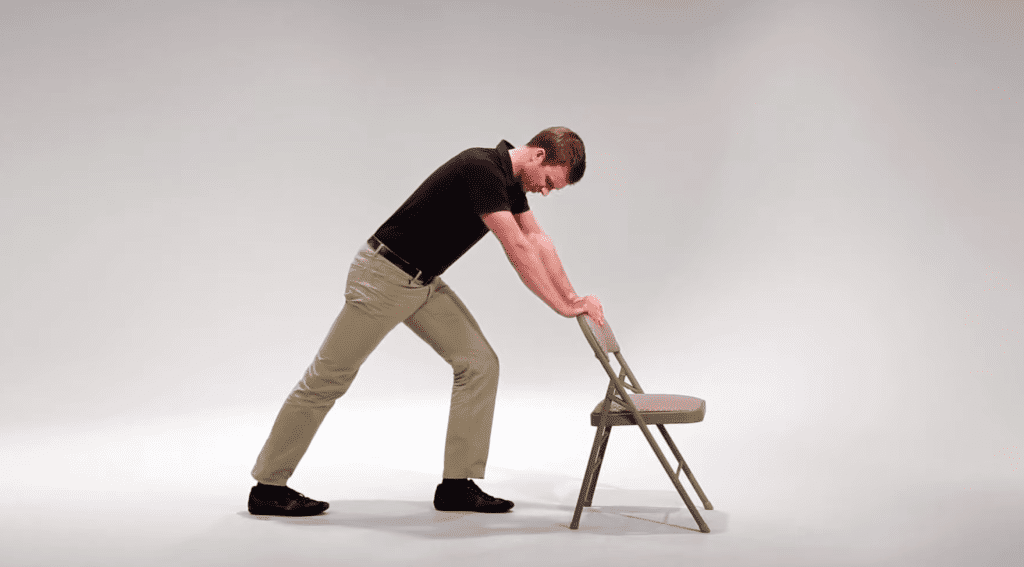
Calf stretches are great for maintaining and strengthening ankle mobility. To perform this exercise, a stable surface like a chair, parallel bars, or wall will be needed. Start by:
- Placing both hands in front of the body on a stable surface.
- Take one leg and push it out backward behind the other.
- Straighten your knee out as much as possible, feeling the stretch in the calf.
- Ensure your toe is straightforward and not out to the side.
- If you’re unable to hold the position for a minute, try to work your way up to it. Don’t push through pain. If you can’t work your heel to the ground, slowly work into it trying to attain that motion.
- After working your way up to a minute, switch legs and repeat the process.
3. Staggered Stance
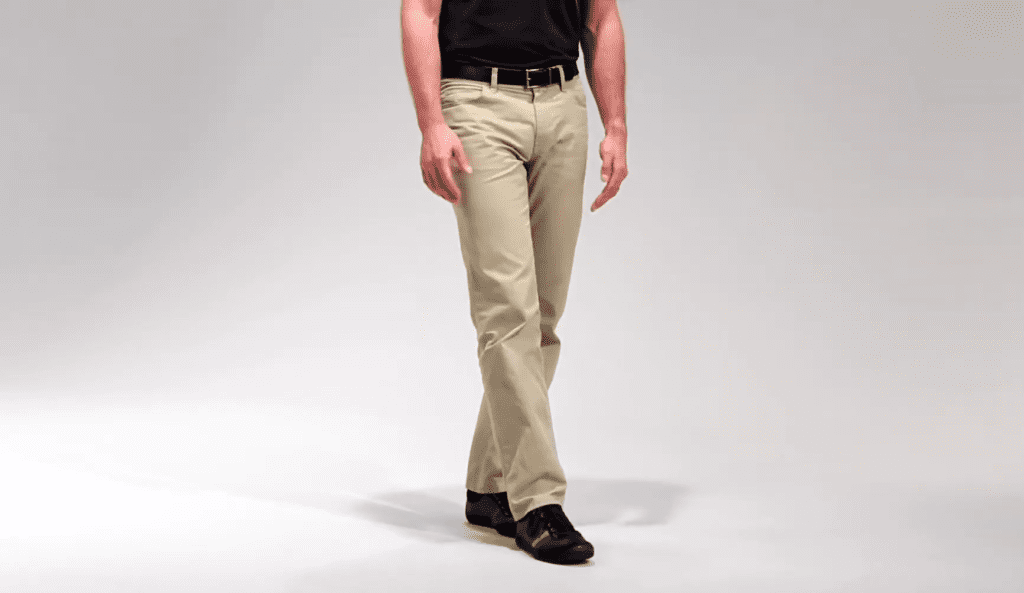
This exercise is great to help work on preventing falls. To perform this exercise, perform the following steps:
- Start in a standing position.
- Place one foot in front of the other, heel to toe.
- Stay upright in this position and maintain balance for 30 to 60 seconds.
- Repeat this exercise on the opposite side.
If this exercise is too easy for you/your patient, closing your eyes will make it more difficult. Ensure you have proper support if performing this exercise with your eyes closed.
4. Sit-to-Stand
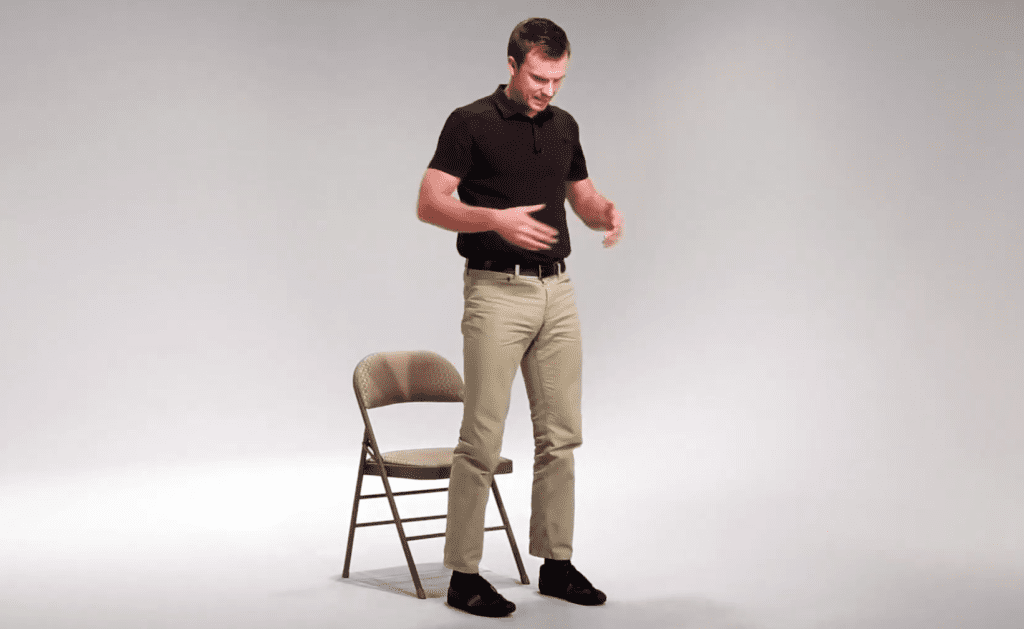
Sit-to-stand exercises are great for strengthening the muscles in the legs. This exercise is very effective for getting up from a seated position. Ensure this exercise is performed on a firm, stable surface, like a chair. To perform this exercise, follow the steps below:
- Move to the edge of the surface you are sitting on.
- Keep your feet flat on the floor and hip-width distance apart.
- Your feet should be slightly behind your knees.
- Interlace your fingers together.
- Use your lower body to push yourself off of your stable surface.
- Stand up, getting your hips and knees fully extended.
- From this position, you’re going to slowly lower down into the chair.
- Repeat this exercise 15 to 20 times.
Ensure that you are maintaining an equal weight on each side of your body.
5. Supported Mini Squats
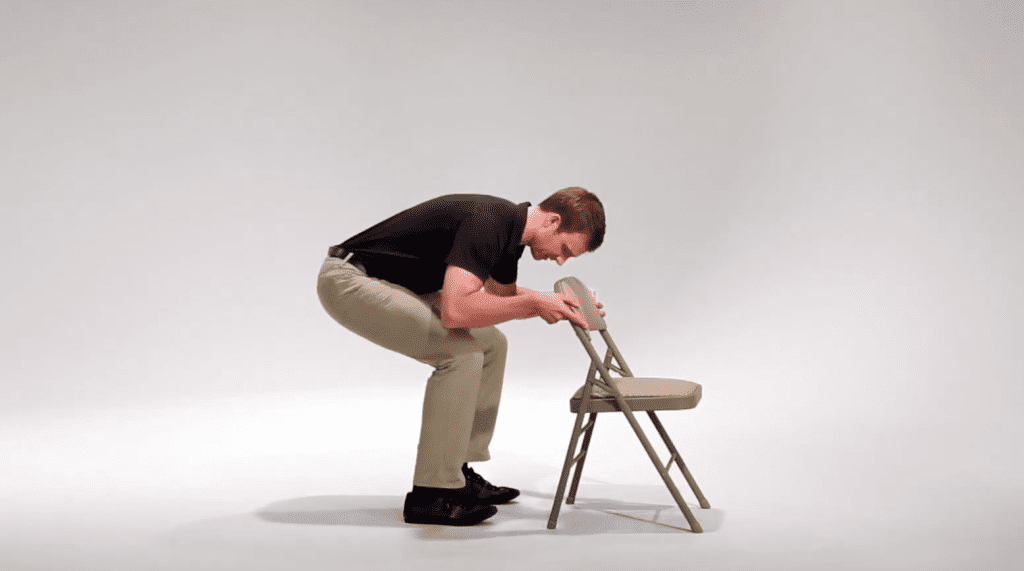
Supported mini squats are a great exercise to strengthen leg muscles, increase endurance, and improve the ability to rise from a seated position. You will need a stable surface, like a countertop, parallel bars, or a chair to perform this exercise. To perform this exercise, perform the following steps:
- Face the surface of your chair, countertop, or another safe object.
- Keep your hips, knees, and your feet in alignment, shoulder-width apart.
- Ensure that your weight is equally distributed over your affected and unaffected legs.
- With your hands on the back of the chair, bend your knees as if you were going to sit down.
- Stop a third of the way down.
- Stand up straight.
As you perform this exercise you may start to feel fatigue, especially in your leg muscles. Perform this exercise 15 to 20 times.
6. Mini-Lunges
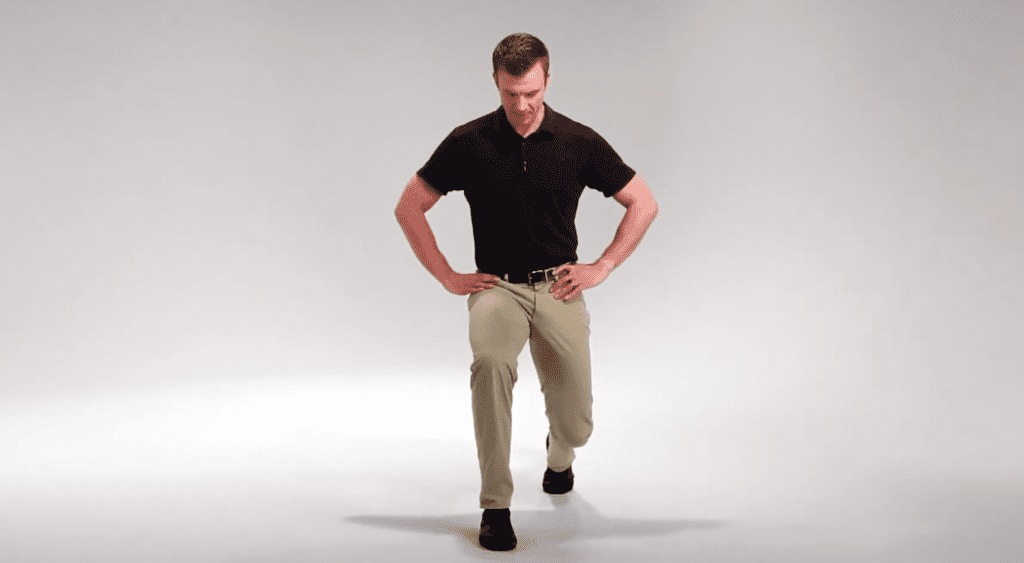
Mini-lunges are great for strengthening the hip, leg, and core muscles. It also facilitates proper weight-shifting and control over balance. To perform this exercise:
- Start in a standing position.
- Lunge forward with one leg in front of the other.
- As you lunge forward, ensure that your hip, pelvis, knee, and ankle are all in alignment.
- Don’t allow your pelvis or knee to shift in or rotate.
- Return to starting position.
- Repeat this exercise eight to ten times on each leg.
Keep Your Patients Safe During Balance and Strength Training with the Solo-Step Overhead Track System

Performing these exercises may put your patients at risk of potential falls. The Solo-Step Overhead Fall Prevention System is a simple and effective solution for your patients. The Solo-Step is a safety harness that is connected to a ceiling-mounted aluminum track system. With the Solo-Step, your patients will be able to perform exercises safely without the risk of falling. Some benefits of the Solo-Step include:
- Decreased fear of falling
- Increased confidence
- A safe environment for balance, strength, and gait training
- Decreased patient injuries
- Less back straining for therapists
- Increased ability to challenge patients
- Reduced liability risk for patient falls
For more information about the Solo-Step Overhead Track System, click the button below!